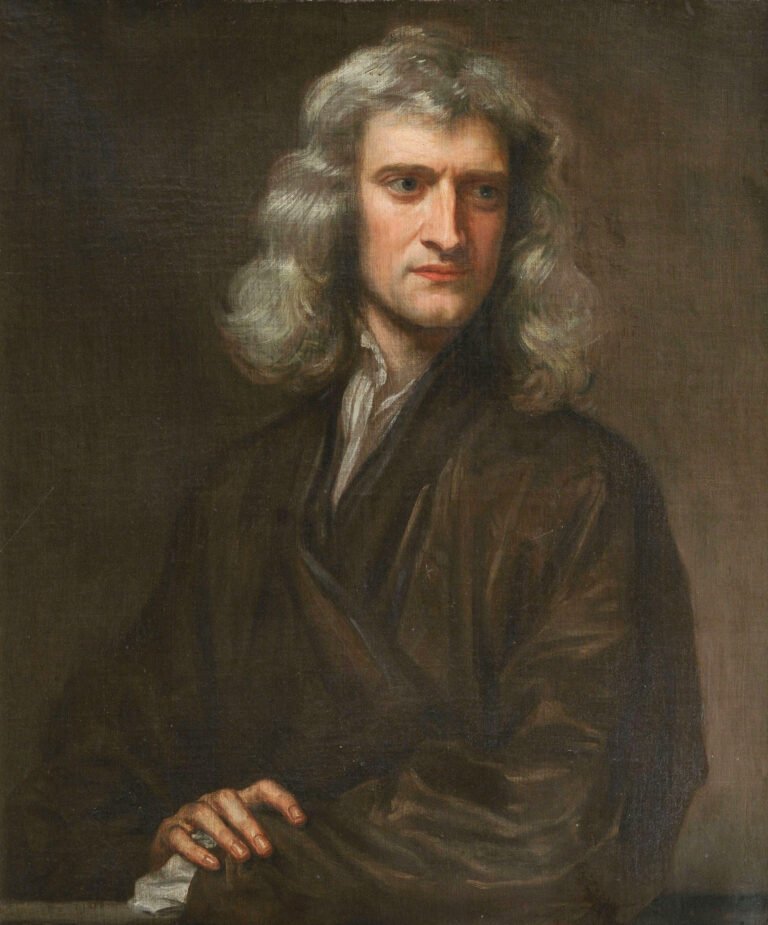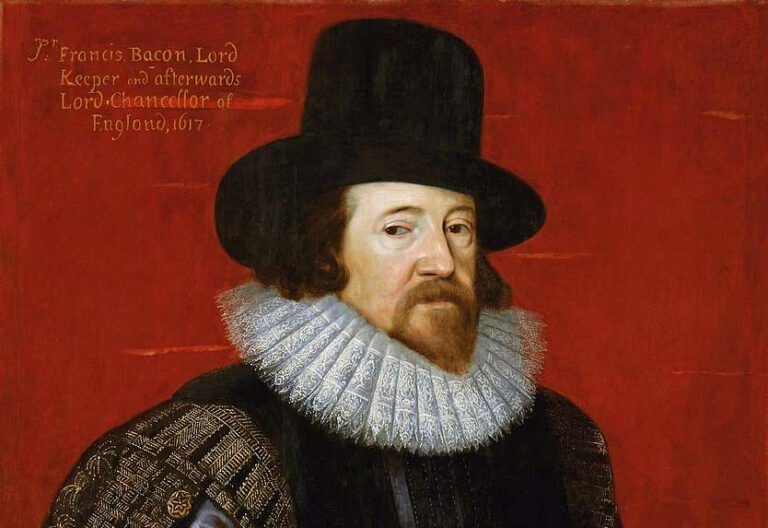Mary II, Queen of England, Scotland, and Ireland, ruled from 1689 to 1694. She co-reigned with her husband, William III.
Her reign marked a significant time in British history. Mary II’s rule was unique. She shared power with William III, her husband and cousin. Together, they navigated the complex political landscape of the time. Their reign saw the Glorious Revolution, which shifted power from the monarchy to Parliament.
This period laid the groundwork for modern British democracy. Mary’s leadership and influence during this time were crucial. She balanced her royal duties with personal beliefs, making her a notable figure in history. Understanding her life and reign offers insights into the evolution of modern governance.
Early Life
Mary II, Queen of England, Scotland, and Ireland, had a fascinating early life. This section explores her royal birth, education, and upbringing. Understanding her childhood provides insights into her reign and legacy.
Royal Birth
Mary II was born on April 30, 1662, at St James’s Palace in London. She was the eldest daughter of James, Duke of York, who later became King James II, and his first wife, Anne Hyde.
As a royal child, her birth was a significant event. She was third in line to the throne after her uncle, King Charles II, and her father. Her birth was celebrated across the kingdom.
Education And Upbringing
Mary received a comprehensive education, befitting her royal status. Her tutors focused on subjects like languages, history, and religion. She was fluent in French and proficient in Latin.
Mary’s upbringing was deeply religious. Her mother, Anne Hyde, raised her in the Anglican faith. This religious foundation influenced her future reign.
Mary spent much of her childhood at Richmond Palace. She had a close relationship with her younger sister, Anne, who later became Queen Anne. The sisters shared lessons and playtime, strengthening their bond.
As she grew older, Mary became known for her intelligence and piety. These qualities were noted by those around her and played a crucial role in her future role as queen.

Credit: en.wikipedia.org
Marriage To William Of Orange
Mary II, Queen of England, married William of Orange in 1677. Their union was not just a personal one but also a significant political alliance. This marriage shaped the future of England and Europe.
Political Alliance
Mary and William’s marriage was a strategic move. It united two powerful Protestant houses. This alliance strengthened their positions against Catholic powers in Europe. England and the Dutch Republic benefited from this union.
Both nations faced threats from France. Together, they formed a strong front. This alliance was crucial for maintaining balance in European politics. Their marriage helped stabilize Protestant influence.
Personal Relationship
Mary and William’s relationship had challenges. They had different personalities. Mary was gentle and kind. William was more reserved and serious. Yet, they developed mutual respect and affection.
Mary supported William in his political duties. She played a key role during his absences. Their partnership grew stronger over time. They faced many challenges together, which deepened their bond.
Their marriage showed that personal relationships can influence political landscapes. Mary and William’s union was a blend of love and duty. They left a lasting legacy in history.
Path To The Throne
Mary II’s journey to the throne was filled with drama and political change. Her path was shaped by significant events that transformed the English monarchy. Her story is one of resilience and destiny. It highlights her important role in history.
The Glorious Revolution
The Glorious Revolution was a key event in Mary II’s path to power. In 1688, King James II’s rule faced strong opposition. Many were unhappy with his policies and Catholic faith. They feared he would establish a Catholic dynasty.
Mary’s husband, William of Orange, led the revolution. He invaded England with a strong force. This event forced James II to flee to France. The revolution was bloodless and swift. It marked the end of James’s reign.
Parliament invited Mary and William to take the throne. They accepted the offer as joint sovereigns. This was a momentous change. It established a constitutional monarchy. It also ensured Protestant succession. The revolution secured Mary II’s place in history.
Coronation Ceremony
Mary II’s coronation took place on April 11, 1689. The ceremony was held at Westminster Abbey. It was a grand and symbolic event. The coronation marked the official start of her reign. She was crowned alongside William III.
The Archbishop of Canterbury led the ceremony. Mary wore a stunning gown and crown. The event was attended by nobles, clergy, and citizens. It was a public display of unity and power. The coronation reinforced the legitimacy of their rule.
Mary II’s coronation was not just a formality. It was a declaration of a new era. It represented hope and stability. Her reign would leave a lasting impact on the British monarchy.
Co-ruling With William
Mary II co-ruled with her husband, William III, in the late 17th century. Their reign was unique and marked by shared power and mutual respect. This period of joint sovereignty was a significant chapter in British history.
Joint Sovereignty
Mary II and William III ascended to the throne together in 1689. They ruled as joint sovereigns, an arrangement that was unprecedented. Their co-rule was solidified by the Bill of Rights of 1689, which outlined the constitutional framework for their monarchy.
William and Mary were crowned together, emphasizing their equal status. Although they shared power, their roles were distinct. Mary often focused on domestic affairs, while William handled military and foreign policy.
Division Of Powers
The division of powers between Mary and William was clear. This ensured a balanced and effective governance. Mary took charge of internal matters. She was responsible for the royal court and the Church of England. Her role was vital in maintaining stability and order within the kingdom.
William, on the other hand, was more engaged in external affairs. He led military campaigns and managed diplomatic relations with other European powers. His military expertise was crucial, especially during the War of the Grand Alliance.
Despite their separate areas of focus, Mary and William collaborated closely. They consulted each other on important decisions and respected each other’s authority. This partnership strengthened their rule and helped them navigate the challenges of their time.
Domestic Policies
Mary II played a crucial role in shaping England’s domestic policies during her reign. Her efforts focused on creating stability and fostering growth within the nation. Her policies were designed to address key issues of the time. Let’s explore some of the notable aspects of her domestic policies.
Religious Tolerance
Mary II promoted religious tolerance in England. She understood the importance of peace among different religious groups. Her policies aimed to reduce religious conflicts and tensions. Mary supported the Toleration Act of 1689. This act allowed freedom of worship for non-conformists. It was a significant step toward religious harmony.
Legal Reforms
Mary II also focused on legal reforms. She believed in fair and just laws for all. Her reign saw the introduction of important legal changes. These reforms aimed to protect the rights of individuals. One key reform was the Bill of Rights in 1689. This document limited the powers of the monarchy and outlined the rights of Parliament.
Mary II’s legal reforms helped shape modern British law. They ensured a balance of power between the monarchy and the people. Her commitment to justice and fairness had a lasting impact on England. Her policies set the stage for future legal developments.
Foreign Affairs
Mary II’s reign saw significant foreign affairs activities. Her leadership impacted several international relations. Two key areas were her conflict with France and her diplomatic achievements. These efforts shaped the political landscape of her time.
Conflict With France
Mary II faced ongoing conflict with France. The tension was due to power struggles in Europe. France, under Louis XIV, sought dominance. England, led by Mary and her husband, William III, opposed this. They aimed to curb French expansion. This led to several military engagements. The most notable was the Nine Years’ War. England joined the Grand Alliance. This alliance included Spain, the Holy Roman Empire, and the Dutch Republic. Their goal was to stop French aggression. The war drained resources but was crucial in maintaining balance.
Diplomatic Achievements
Mary II’s reign also had notable diplomatic successes. She forged strong alliances. These included closer ties with the Dutch. This alliance was strengthened by her marriage to William III. It was a strategic move. It helped unite Protestant powers in Europe. She also improved relations with the Holy Roman Empire. This was vital in countering French power. Her diplomatic efforts extended to the Baltic region. She sought to secure trade routes and political stability. These diplomatic achievements were significant. They helped position England as a major player on the European stage.
Challenges And Controversies
Mary II faced numerous challenges and controversies during her reign. These issues tested her ability to lead and maintain stability. From political opposition to health issues, Mary II’s reign was far from easy.
Political Opposition
Mary II’s reign was marred by political opposition. Many did not accept her rule. Some believed her husband, William III, held too much power. This belief led to distrust and resentment. To manage the opposition, Mary II had to make tough decisions.
There were also conflicts with Parliament. Parliament wanted more power. Mary II had to balance their demands with her authority. This balancing act was difficult. It often led to tension and disagreement.
Despite these challenges, Mary II worked hard to maintain stability. Her efforts helped keep the kingdom united. This was no small feat during such turbulent times.
Health Issues
Mary II also faced significant health issues. Her health was often poor. She suffered from smallpox and other illnesses. These health problems affected her ability to rule effectively.
Her poor health led to frequent absences from court. During these times, William III took on more responsibilities. This shift in power sometimes caused further political tension.
Mary II’s health issues were a constant challenge. They made her reign more difficult. Despite these struggles, she continued to fulfill her duties as best as she could.
In the end, her perseverance and dedication were evident. She remained committed to her role until the very end.
Legacy
Mary II was a significant figure in British history. Her reign, alongside her husband William III, left a lasting impact. This impact is still felt in the monarchy and historical recognition of her contributions.
Impact On Monarchy
Mary II’s reign brought stability. This stability was crucial during a time of religious and political turmoil. Her joint rule with William III established a new precedent. This precedent was the shared governance between a king and queen.
Mary II also supported the Bill of Rights 1689. This document limited the powers of the monarchy. It strengthened the rights of Parliament and the people. This shift in power changed the British monarchy forever.
The Glorious Revolution, which brought Mary and William to power, had a profound effect. It ended any hope of absolute monarchy in England. This event solidified the role of constitutional monarchy. Future monarchs would rule within these defined limits.
Historical Recognition
Mary II is remembered for her intelligence and strong will. Historians praise her role in the Glorious Revolution. She is seen as a pivotal figure in ensuring a Protestant succession. This had a lasting influence on the religious landscape of Britain.
Many historical accounts highlight her contributions to education and health. Mary II supported the founding of hospitals and schools. These institutions have had long-lasting benefits for British society.
Mary II’s legacy is also evident in the arts. Her patronage supported numerous artists and musicians. This patronage helped to enrich British cultural life.
While her reign was not without challenges, Mary II’s legacy endures. Her impact on monarchy and historical recognition ensures she remains a respected figure in British history.
FAQs
Who Was Mary II?
Mary II was the Queen of England, Scotland, and Ireland. She ruled jointly with her husband, William III.
When Did Mary II Reign?
Mary II reigned from 1689 until her death in 1694. She was a significant figure in British history.
What Is Mary II Known For?
Mary II is known for her role in the Glorious Revolution. She helped establish a constitutional monarchy.
How Did Mary II Become Queen?
Mary II became queen after the Glorious Revolution. Her father, James II, was deposed.
Conclusion
Mary II’s reign holds significant historical importance. Her leadership brought stability and change. Her collaboration with William III marked a unique era. Together, they strengthened the monarchy. Their joint rule showcased a balanced partnership. Mary II’s impact is still remembered today.
Her legacy influences modern governance. Understanding her reign offers valuable insights. Her story is both inspiring and educational. Dive deeper into history to learn more. Mary II’s life teaches enduring lessons. Her contributions remain relevant. She exemplified strong, effective leadership.
Explore her era for a richer historical perspective.








